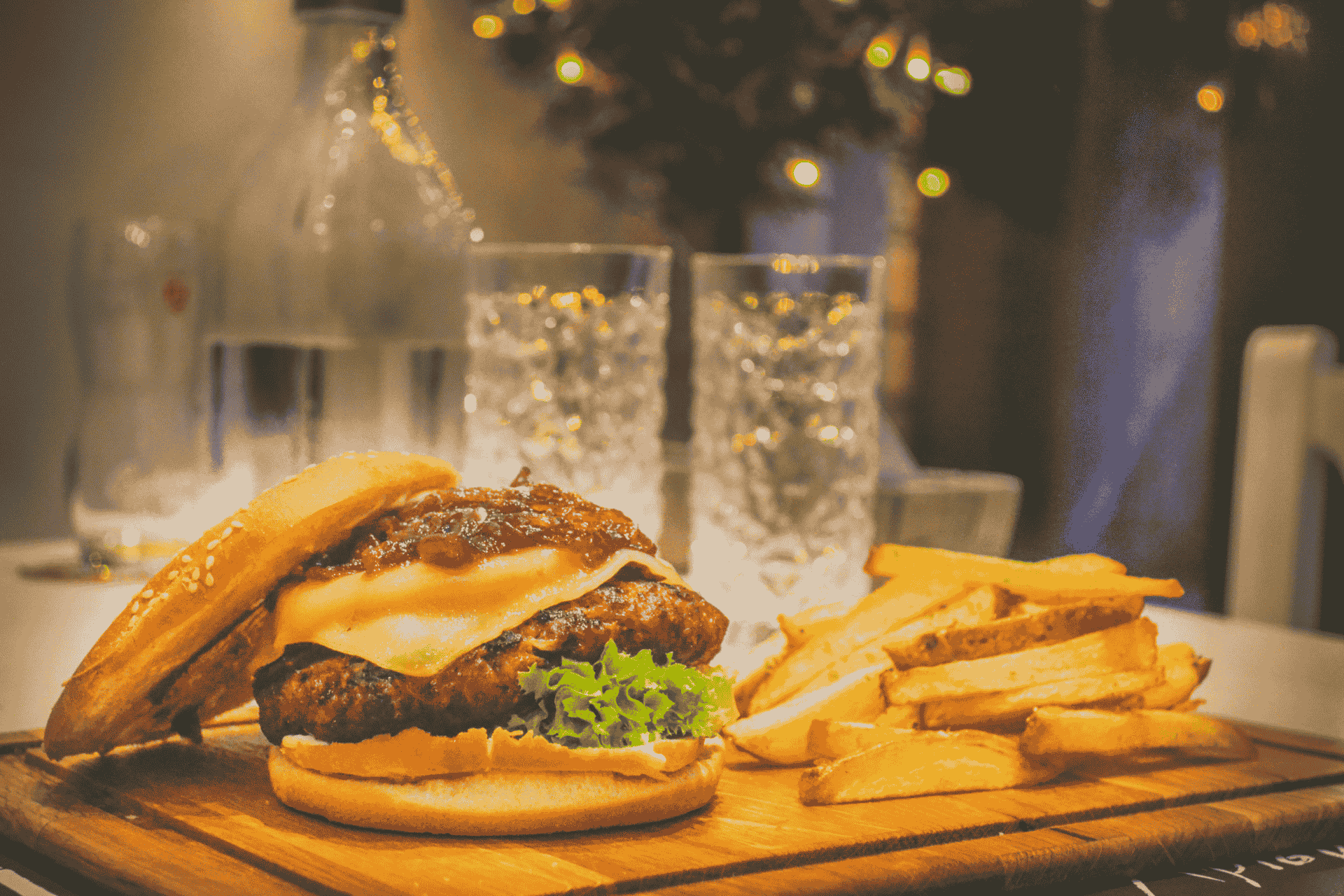
24, Apr 2025
How to Prevent and Treat Shin Splints: A Complete Guide for Runners & Athletes
Shin splints—that sharp, aching pain along your shinbone—can derail your running routine or workout plan. Whether you’re a beginner runner, athlete, or fitness enthusiast, understanding how to prevent and treat shin splints is key to staying active and pain-free.
In this guide, you’ll discover:
✔ What causes shin splints
✔ The fastest ways to heal them
✔ Prevention strategies
✔ Stretches & strengthening exercises
Let’s get you back on your feet—safely!
What Are Shin Splints?
Shin splints (medial tibial stress syndrome) cause pain along the inner shinbone due to:
- Overuse (running, jumping, sudden intensity increase)
- Poor footwear (lack of arch support)
- Muscle imbalances (weak calves, tight Achilles)
- Running on hard surfaces
What Is the Fastest Way to Heal Shin Splints?
1. Rest & Reduce Impact
- Stop high-impact activities (running, basketball) for 1-2 weeks.
- Switch to low-impact cardio (swimming, cycling).
2. Ice & Anti-Inflammatories
- Ice shins for 15-20 mins, 3x/day.
- Use NSAIDs (ibuprofen) short-term for pain relief.
3. Compression & Support
- Wear a compression sleeve to reduce swelling.
- Use kinesiology tape for added support.
4. Gradual Return to Activity
- After pain subsides, slowly reintroduce running (start at 50% intensity).
How Can Shin Splints Be Prevented?
1. Wear Proper Footwear
- Choose running shoes with good arch support (replace every 300-500 miles).
- Consider orthotics if you have flat feet.
2. Strengthen & Stretch Key Muscles
Best Exercises for Prevention
✔ Toe Taps (strengthens shin muscles)
✔ Calf Raises (builds calf endurance)
✔ Resistance Band Dorsiflexion (prevents imbalances)
Best Stretches
✔ Calf Stretch (against a wall)
✔ Towel Toe Pull (stretches shins)
3. Avoid Overdoing It
- Follow the 10% rule: Don’t increase running distance by more than 10% per week.
- Run on softer surfaces (grass, trails) instead of concrete.
Is It Good to Rub Shin Splints?
✅ Yes—but gently!
- Use a foam roller or massage ball on calves (not directly on the shin).
- Try sports massage to improve blood flow.
🚫 Avoid deep pressure on the inflamed shinbone—it can worsen pain.
What Deficiency Causes Shin Splints?
Low levels of these nutrients may contribute:
- Vitamin D (weak bones)
- Calcium (bone density)
- Magnesium (muscle cramps)
💡 Fix it: Eat more leafy greens, dairy, nuts, and fatty fish—or consider supplements after consulting a doctor.
People Also Ask (FAQs)
1. What is the fastest way to heal shin splints?
Rest, ice, compression, and low-impact cross-training (like swimming).
2. How can shin splints be prevented?
Wear supportive shoes, strengthen calves/shins, and avoid sudden intensity spikes.
3. Is it good to rub shin splints?
Yes—but massage calves, not the shin directly.
4. What deficiency causes shin splints?
Low vitamin D, calcium, or magnesium may increase risk.
Sample Shin Splint Recovery Plan
| Day | Action |
|---|---|
| 1-3 | Rest, ice, NSAIDs |
| 4-7 | Add gentle stretching & swimming |
| Week 2 | Start strength exercises (calf raises) |
| Week 3 | Light jogging (if pain-free) |
When to See a Doctor
⚠️ Seek help if:
- Pain lasts over 3 weeks
- You notice swelling or bruising
- Pain is sharp even at rest (possible stress fracture)
Final Thoughts
Shin splints don’t have to sideline you forever. With rest, smart training, and prevention strategies, you can bounce back stronger.
Lace up safely—your shins will thank you!
- 0
- By admin
- April 24, 2025 18:23 PM
